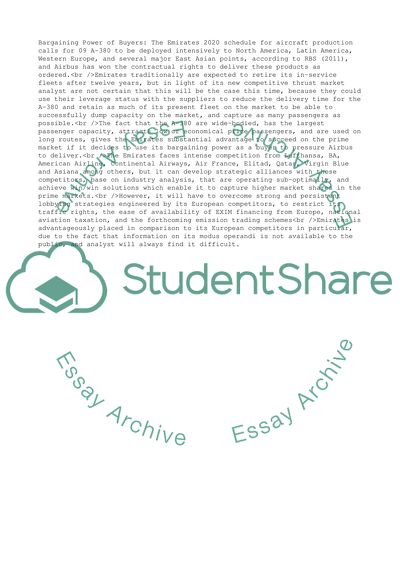Cite this document
(The Prime Airline Segment Assignment Example | Topics and Well Written Essays - 2750 words, n.d.)
The Prime Airline Segment Assignment Example | Topics and Well Written Essays - 2750 words. https://studentshare.org/business/1755248-what-would-you-do-with-90-a380s-strategy-field
The Prime Airline Segment Assignment Example | Topics and Well Written Essays - 2750 words. https://studentshare.org/business/1755248-what-would-you-do-with-90-a380s-strategy-field
(The Prime Airline Segment Assignment Example | Topics and Well Written Essays - 2750 Words)
The Prime Airline Segment Assignment Example | Topics and Well Written Essays - 2750 Words. https://studentshare.org/business/1755248-what-would-you-do-with-90-a380s-strategy-field.
The Prime Airline Segment Assignment Example | Topics and Well Written Essays - 2750 Words. https://studentshare.org/business/1755248-what-would-you-do-with-90-a380s-strategy-field.
“The Prime Airline Segment Assignment Example | Topics and Well Written Essays - 2750 Words”. https://studentshare.org/business/1755248-what-would-you-do-with-90-a380s-strategy-field.


